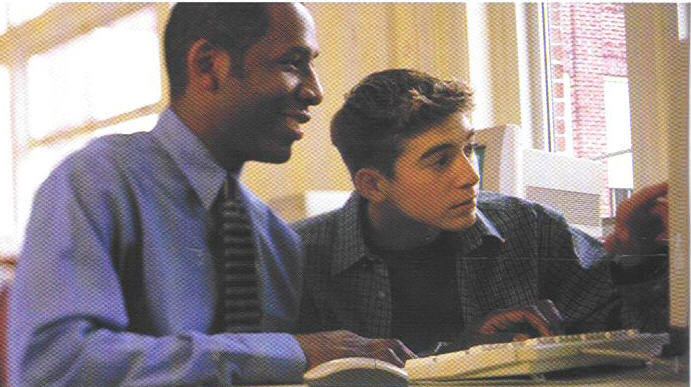The effective use of technology in the mathematics classroom depends on the teacher. As with any teaching tool, technology can be used well or poorly.
Teachers should use technology to enhance their students' learning opportunities by selecting or creating mathematical tasks that take advantage of what technology can do efficiently and well—graphing, visualizing, and computing.
Technology does not replace the mathematics teacher. When students are using technological tools, they often spend time working in ways that appear somewhat independent of the teacher, but this impression is misleading.
The teacher plays several important roles in a technology-rich classroom, making decisions that affect students' learning in important ways. Initially, the teacher must decide if, when, and how technology will be used.
As students use calculators or computers in the classroom, the teacher has an opportunity to observe the students and to focus on their thinking. As students work with technology, they may show ways of thinking about mathematics that are otherwise often difficult to observe.
Technology aids in assessment, allowing teachers to examine the processes used by students in their mathematical investigations as well as the results, thus enriching the information available for teachers to use in making instructional decisions. |

